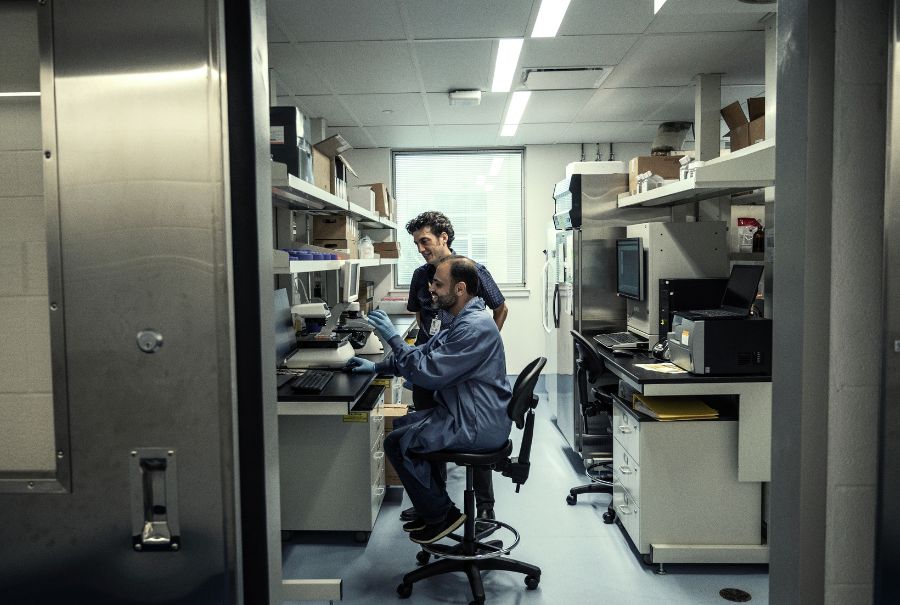
A new study from UHN shows how chronic liver inflammation alters the liver’s immune cells, making it more vulnerable to damage and influencing disease progression.
Chronic liver disease (CLD), including chronic hepatitis B, causes ongoing inflammation and leads to over two million deaths each year from cirrhosis (liver scarring) and a form of liver cancer called hepatocellular carcinoma.
Liver damage triggers changes in immune cells called macrophages — activating and recruiting them, as well as altering their composition. Macrophages normally protect the liver against damage. They originate from the embryo or from monocytes — white blood cells that are recruited after injury or infection.
In short-term infections, an influx of macrophages derived from monocytes helps clear out disease-causing microbes. However, in chronic infections, these same cells can fuel inflammation. Replacing the liver’s original macrophages with monocyte-derived ones may drive disease progression.
Studying this process is challenging because it is difficult to collect tissue samples over time during specific periods of inflammation.
The research team, led by Dr. Adam Gehring, Senior Scientist at Toronto General Hospital Research Institute and associate professor in the Department of Immunology at the University of Toronto, overcame this by studying patients with chronic hepatitis B starting antiviral treatment.
Liver inflammation usually drops within six months of starting antiviral treatment. By taking small liver samples over time and using advanced single-cell analysis, scientists tracked immune changes during treatment. Even though inflammation and viral levels decreased, some immune cells remained altered — an unexpected finding.
They identified a unique group of monocyte-derived macrophages — called “inflammatory macrophages” or iMacs — found only in inflamed livers. These iMacs had a strong pro-inflammatory gene signature and remained altered even four years after treatment.
The findings of this study, whose first author is Dr. Juan Diego Sanchez, a postdoctoral researcher at UHN, suggest that inflammation and changes in macrophages are not transient and can have long-term effects — possibly pushing chronic liver disease toward cirrhosis or altering how patients respond to immunotherapy.
Learning how iMacs form could help improve treatments for chronic liver disease and refine approaches for immunotherapy.
This work was supported by generous donors to UHN Foundation.

No one ever changed the world on their own but when the bright minds at UHN work together with donors we can redefine the world of health care together.


